St. Louis Fed President James Bullard said yesterday that Fed’s goal is to front-load aggressive rate hikes to move to “some meaningfully restrictive level” that would push inflation down.
For November meeting, Bullard said the results “has been more or less priced in to markets” for a 75 basis-point hike, even though he’d prefer to decide at the meting. As for December, didn’t want to “prejudge”.
Then, in 2023, “I think we’ll be closer to the point where we can run what I would call ordinary monetary policy,” he said. “Now you’re at the right level of the policy rate, you’re putting downward pressure on inflation, but you can adjust as the data come in in 2023.”




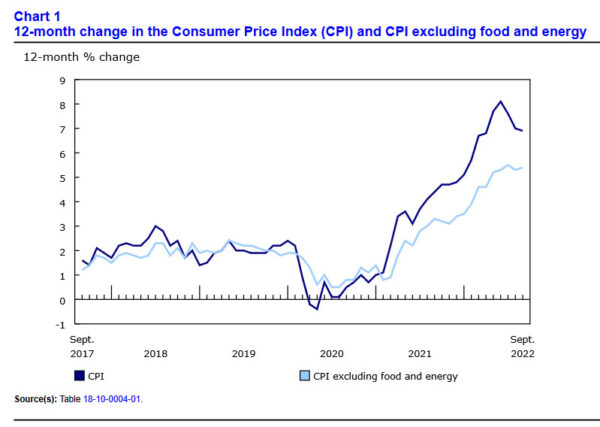
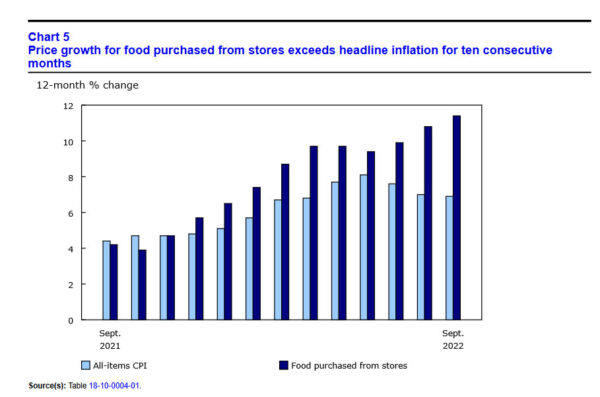

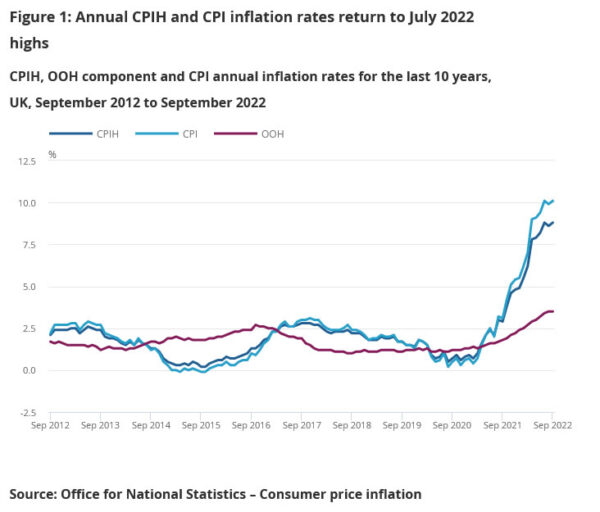
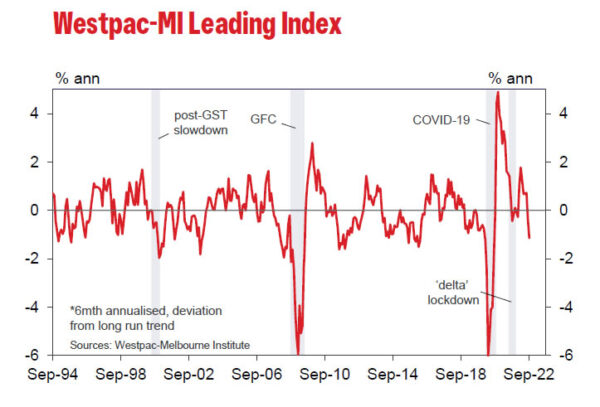
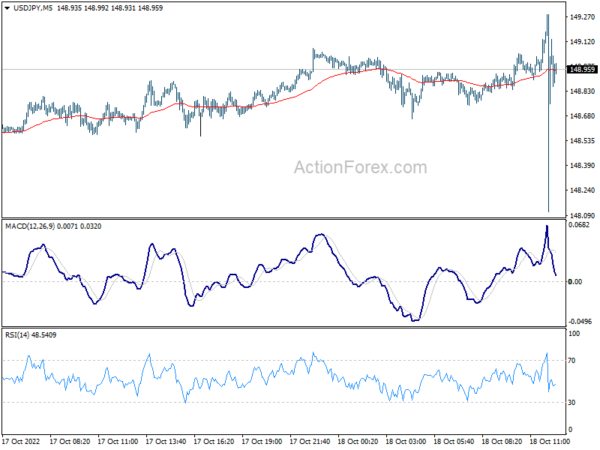
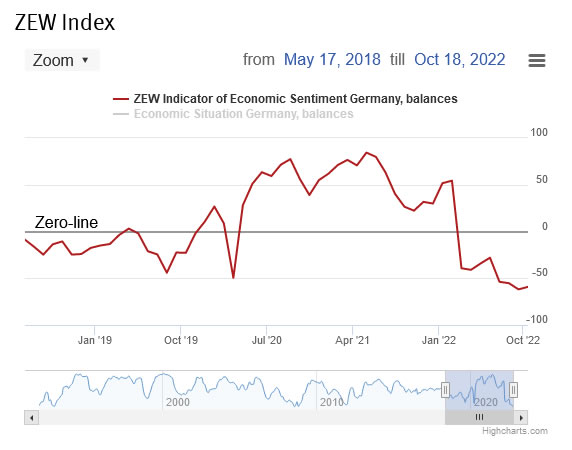
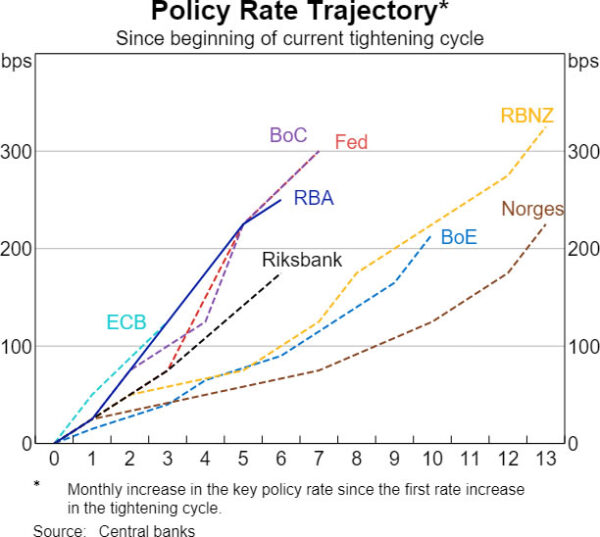
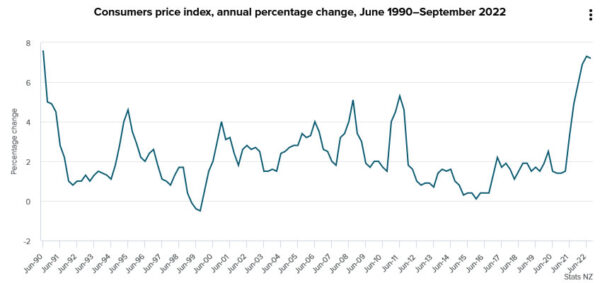
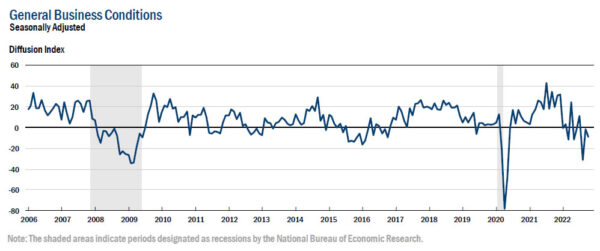
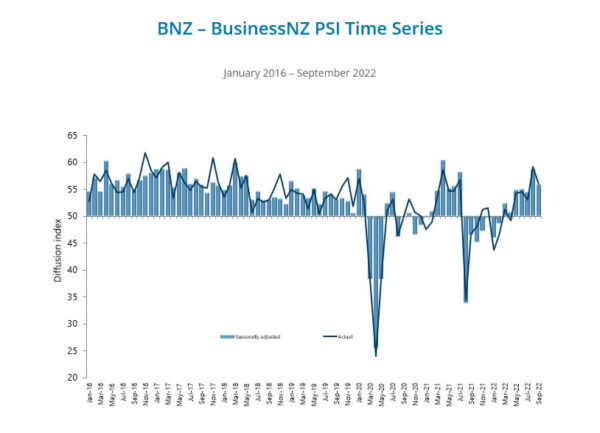
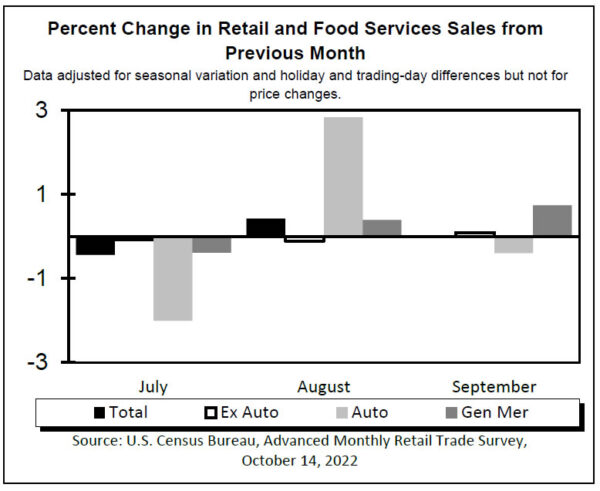

Fed Evans: We need to continue on the path we’ve been indicating
Chicago Fed President Charles Evans said yesterday, “inflation is just much too high, and so we need to continue on the path that we’ve been indicating — at least that. And I’m hopeful that that will be enough.”
“Continued increases in the funds rate along the lines of our September SEP (Summary of Economic Projections) could lead to a economic outlook where we’re going to see below-trend growth — we’ll be challenged in that regard — we’ll see the unemployment rate go up, but I think that it won’t take off,” Evans said.
“I think if we have to increase the path of the funds rate much more, though, it really does begin to weigh on the economy. I worry that it’s sort of a nonlinear kind of event.”